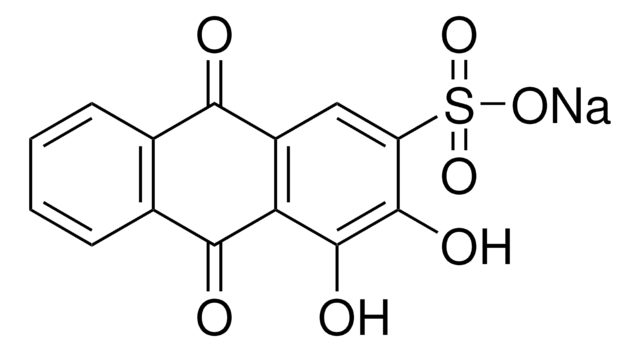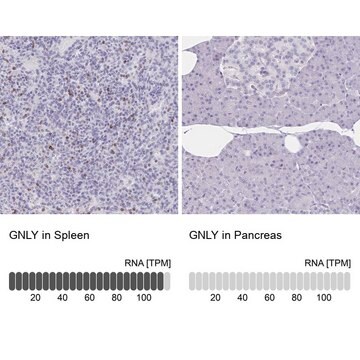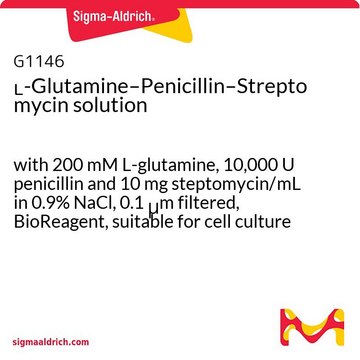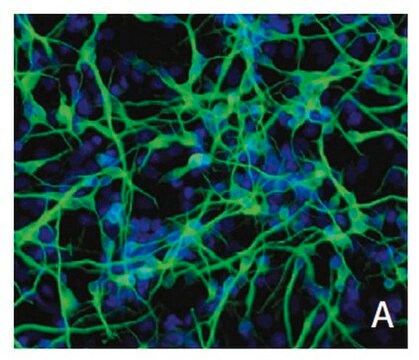A6964
Accutase® solution
sterile-filtered, suitable for cell culture
Synonym(s):
Cell detachment solution
About This Item
Recommended Products
sterility
sterile-filtered
Quality Level
form
liquid
concentration
400-600 units/mL
technique(s)
cell culture | mammalian: suitable
single cell analysis: suitable
impurities
≤1 EU/mL endotoxin
pH
6.8-7.8
shipped in
dry ice
storage temp.
−20°C
General description
Application
Suitable for use in preparation of single cell suspension for sequencing.
Features and Benefits
Formula variant
Preparation Note
Legal Information
related product
Storage Class Code
12 - Non Combustible Liquids
WGK
WGK 1
Flash Point(F)
Not applicable
Flash Point(C)
Not applicable
Choose from one of the most recent versions:
Already Own This Product?
Find documentation for the products that you have recently purchased in the Document Library.
Customers Also Viewed
Articles
Mesenchymal Stem Cells and Media were developed for the in vitro expansion and directed differentiation of mesenchymal stem cells (MSC) from bone marrow, the umbilical cord matrix (Wharton´s Jelly) and adipose tissue. Protocols for handling, cell passaging, media, and product use.
Frequently asked questions about neural stem cells including NSC derivation, expansion and differentiation.
PLTMax® Human Platelet Lysate (hPL) is a superior serum-free and xeno-free media supplement alternative to fetal bovine serum (FBS) for human mesenchymal stem cell (MSC) cultures.
Derivation and characterization of functional human neural stem cell derived oligodendrocyte progenitor cells (OPCs) that efficiently myelinate primary neurons in culture.
Protocols
Mesenchymal Stem Cells and Media were developed for the in vitro expansion and directed differentiation of mesenchymal stem cells (MSC) from bone marrow, the umbilical cord matrix (Wharton´s Jelly) and adipose tissue. Protocols for handling, cell passaging, media, and product use.
A stem cell culture protocol to generate 3D NSC models of Alzheimer’s disease using ReNcell human neural stem cell lines.
Step-by-step culture protocols for neural stem cell culture including NSC isolation, expansion, differentiation and characterization.
Our team of scientists has experience in all areas of research including Life Science, Material Science, Chemical Synthesis, Chromatography, Analytical and many others.
Contact Technical Service















